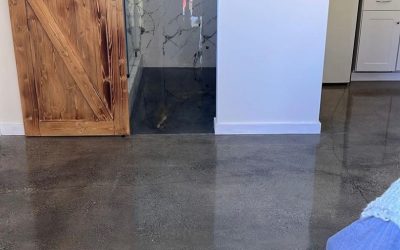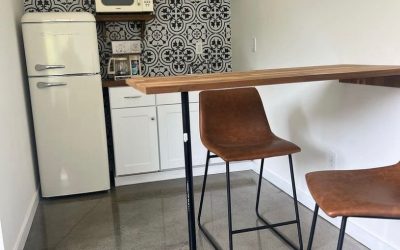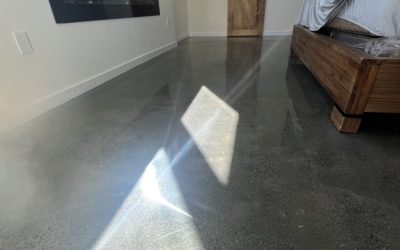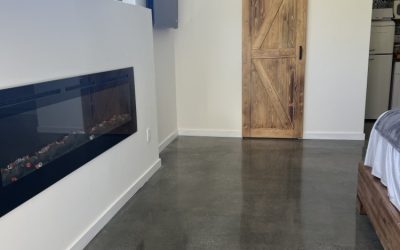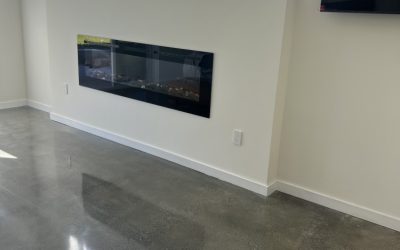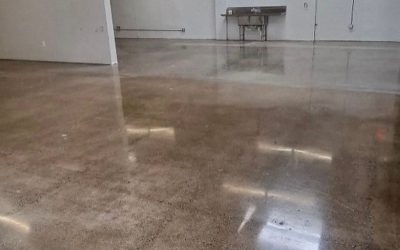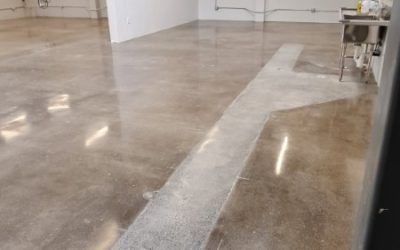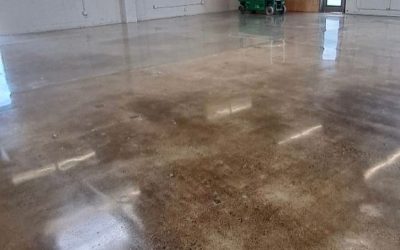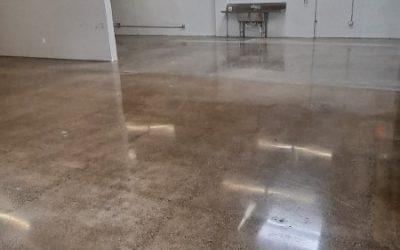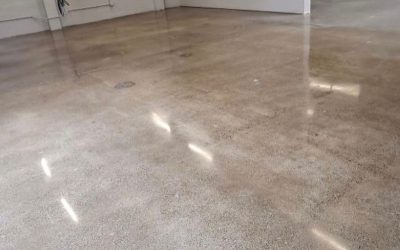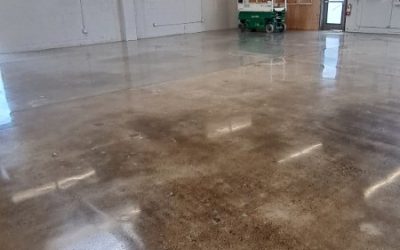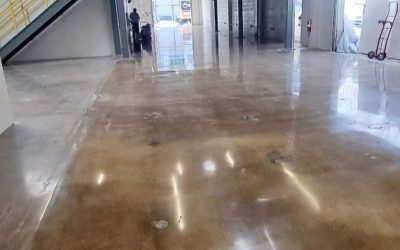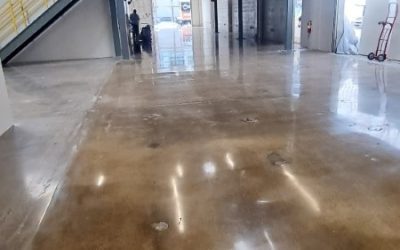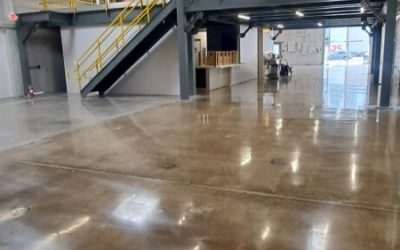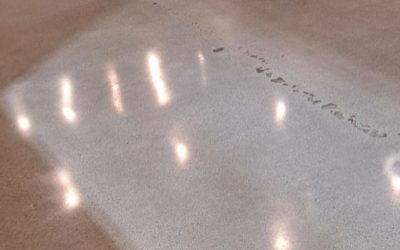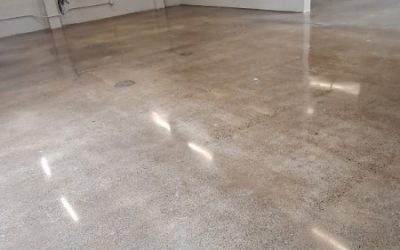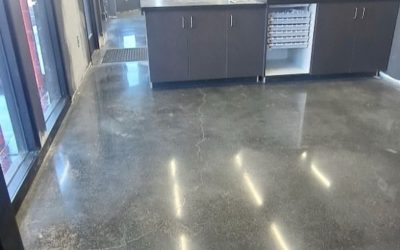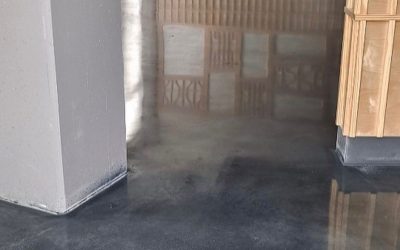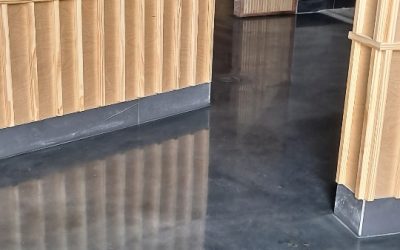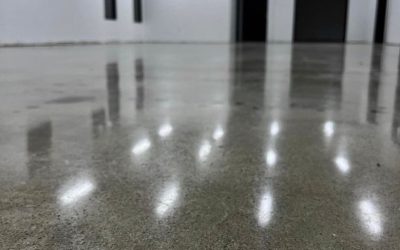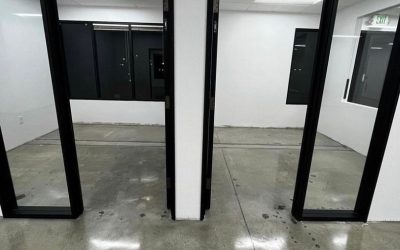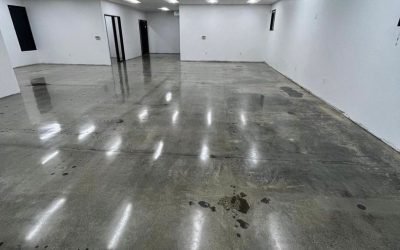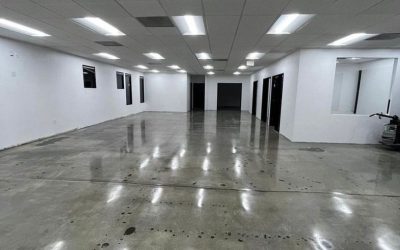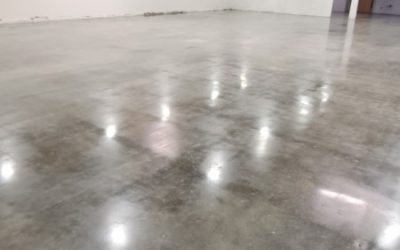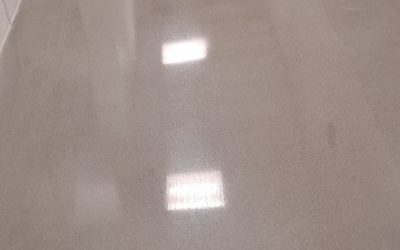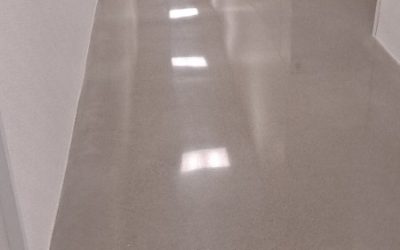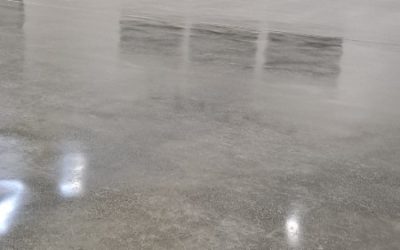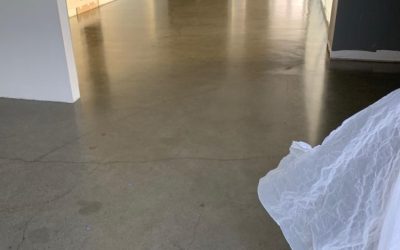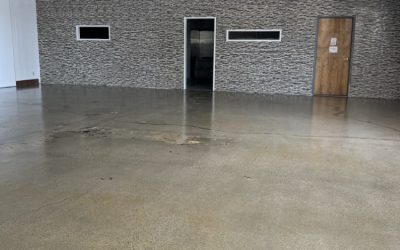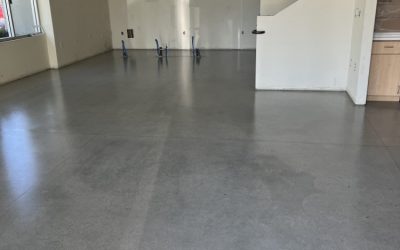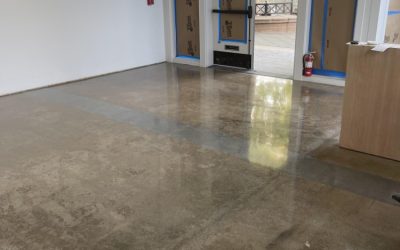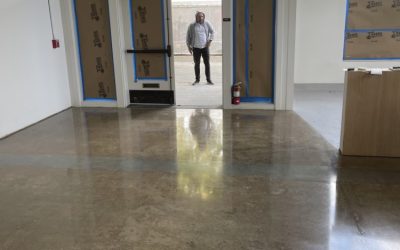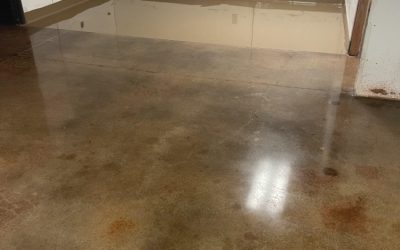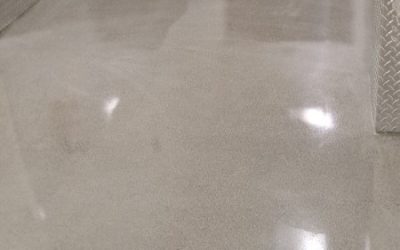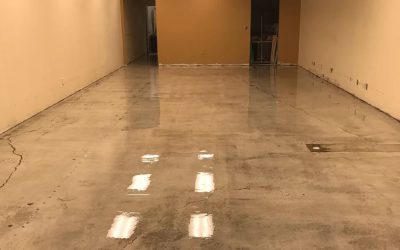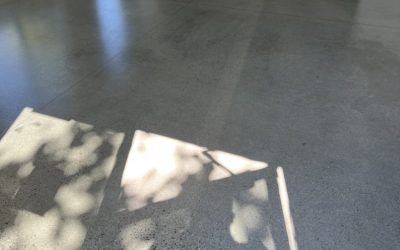SERVICES
Concrete Floor Polishing Service in California
Polished concrete is a process that enhances the appearance, durability, and functionality of concrete, stone, and other types of flooring. It involves removing the top layer of the floor with specialized equipment to create a smooth, level surface. The floor is then polished using diamond abrasives of progressively finer grits until the desired level of shine is achieved.
The result is a stunning, high-gloss floor that is resistant to wear and tear, easy to clean, and long-lasting. Polished concrete is suitable for various settings, including homes, offices, retail spaces, and industrial facilities. With its numerous benefits, more and more people are choosing grinding and polishing to improve the look and durability of their floors.
GET NOW A FREE QUOTE
Fill this form below and we will get back to you as soon as possible

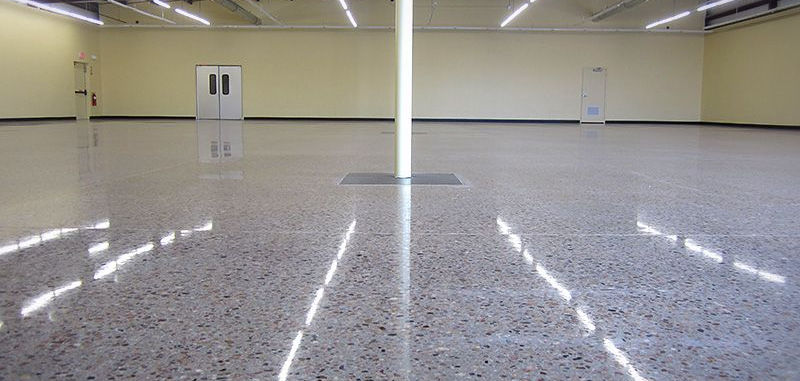
Uses
Since the Polished concrete has a lot of levels, can be use for a lot of places such as:
- Patios and decks
- Commercial spaces
- Basements
- Educational facilities
- Garage floors
- Lobbys
- Hotels
- Manufacturing facilities
- Restaurants
- Walkways
- Food processing facilities
Beneficts
- Durability: Polished concrete floors are highly resistant to wear and tear, making them ideal for high-traffic areas.
- Low maintenance: This system requires minimal maintenance, as they can be easily cleaned with a damp mop or auto scrubber.
- Sustainability: Polished concrete floors are environmentally friendly, as they do not require any additional coatings or chemicals to maintain their appearance.
- Cost-effective: Polished concrete floors are cost-effective, as they do not require regular waxing or coating, which reduces the overall cost of maintenance.
- Increased light reflectivity: They reflect light, which can reduce the need for artificial lighting, saving energy and reducing electricity bills.
- Slip-resistant: Polished concrete floors can be treated with a slip-resistant sealer, providing a safe walking surface for both pedestrians and vehicles.
- Stain-resistant: Polished concrete floors are highly resistant to stains, making them an ideal choice for food processing facilities, retail spaces, and medical facilities.
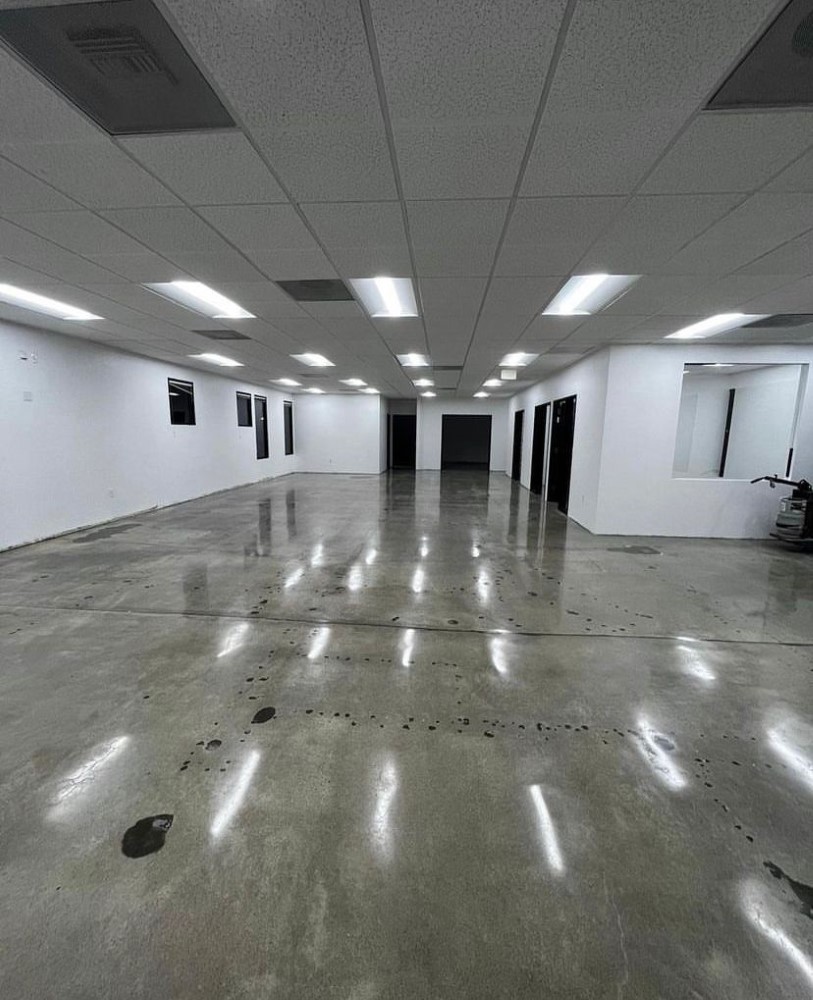

Composition
- Surface Preparation: The floor must be grind to archive adhesion to the system.
- Cracks Treatment: It is needed to fix / fill / seal crack with specialized products to this kind of fix before adding the Epoxy Flakes System.
- Grinding: Once the densifier has been applied, the concrete is ground using specialized equipment. This process removes the top layer of the concrete, exposing the aggregate and creating a smooth, level surface.
- Polishing: After the grinding process is complete, the surface of the concrete is polished using progressively finer diamond abrasives. This process creates a high-gloss finish that enhances the overall aesthetic appeal of the floor.
- Sealer: Finally, a sealer is applied to the surface of the polished concrete floor to protect it from stains and damage. The sealer can be a topical sealer or a penetrating sealer, depending on the specific requirements of the space.
- Densifier: The densifier is a chemical solution that penetrates the concrete and hardens the surface, making it more resistant to wear and tear.
Application method
Polished concrete is a popular flooring option that is achieved through a multi-step application process. The technique involves using diamond abrasives of progressively finer grits to grind and polish the surface of the concrete until the desired level of shine is achieved. This process typically requires multiple passes, with each pass using a finer grit abrasive than the previous one.
The first step in the application process is grinding. The grinding process helps to remove any imperfections, stains, or blemishes on the surface, creating a clean canvas for the polishing stage.
After grinding, the polishing process begins. This process helps to refine the surface, increasing its shine and reflectivity. The number of polishing passes and the grit size of the abrasives used depends on the desired level of gloss and sheen for the final polished concrete floor.
Once the desired level of polishing is achieved, a sealer is applied to the surface of the polished concrete floor. Sealers are used to protect the surface from stains, moisture, and damage. There are two main types of sealers used for polished concrete: topical sealers and penetrating sealers.
Topical sealers sit on the surface of the concrete and provide a protective barrier. They are typically applied in multiple layers to create a durable and resistant surface. Penetrating sealers, on the other hand, penetrate the surface of the concrete and provide protection from within. They chemically react with the concrete to create a barrier against moisture, stains, and damage.
In conclusion, the application process of polished concrete involves grinding the surface with diamond abrasives of progressively finer grits, followed by multiple stages of polishing to achieve the desired level of shine. Finally, a sealer is applied to protect the surface from stains and damage, with options for topical or penetrating sealers. This process results in a durable, shiny, and aesthetically pleasing flooring option for a wide range of applications.

